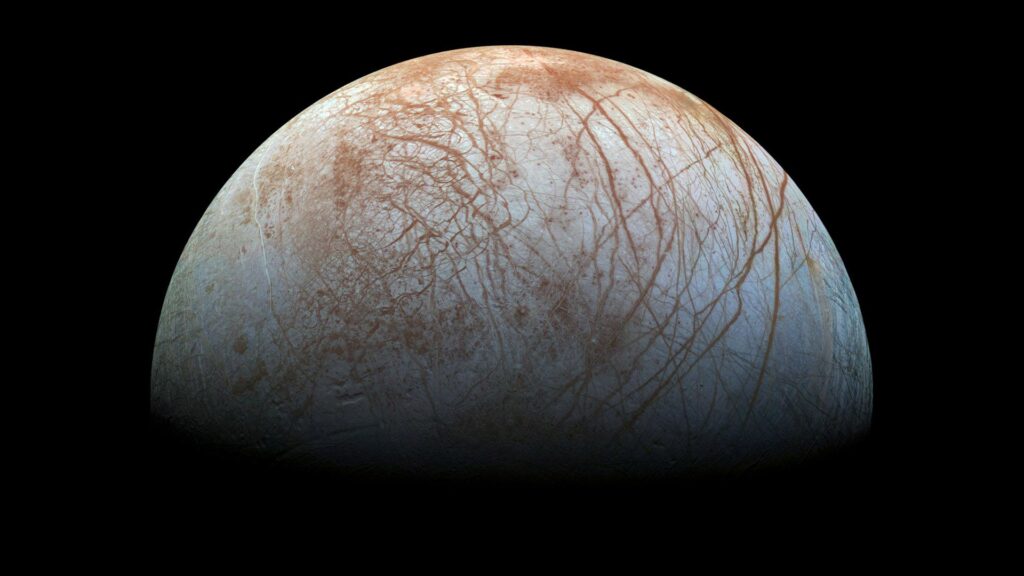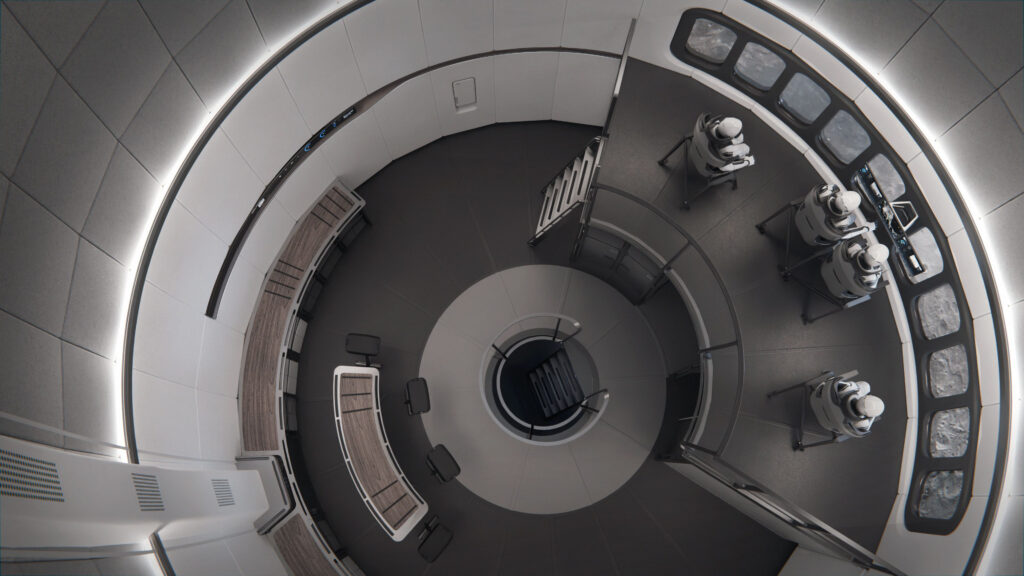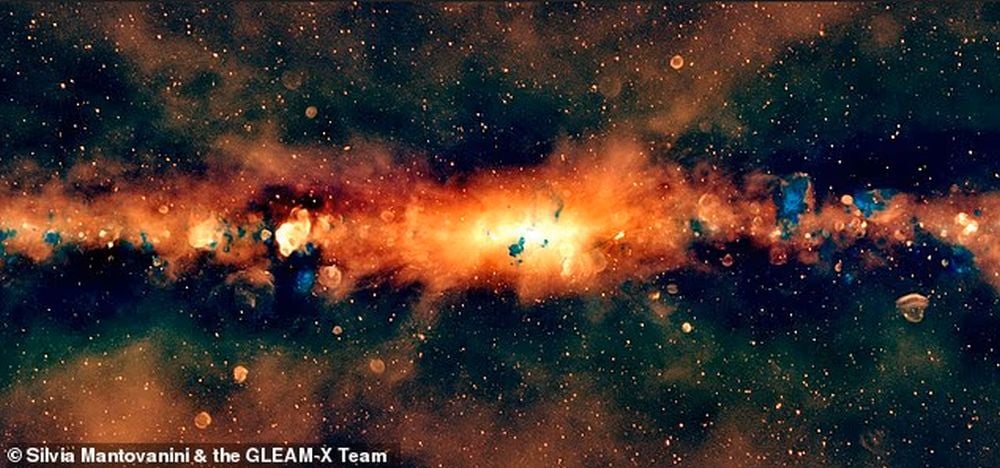Now Reading: ‘Anti-social’ cosmic explosion could change the way we think about dying stars and supernovas
-
01
‘Anti-social’ cosmic explosion could change the way we think about dying stars and supernovas
‘Anti-social’ cosmic explosion could change the way we think about dying stars and supernovas
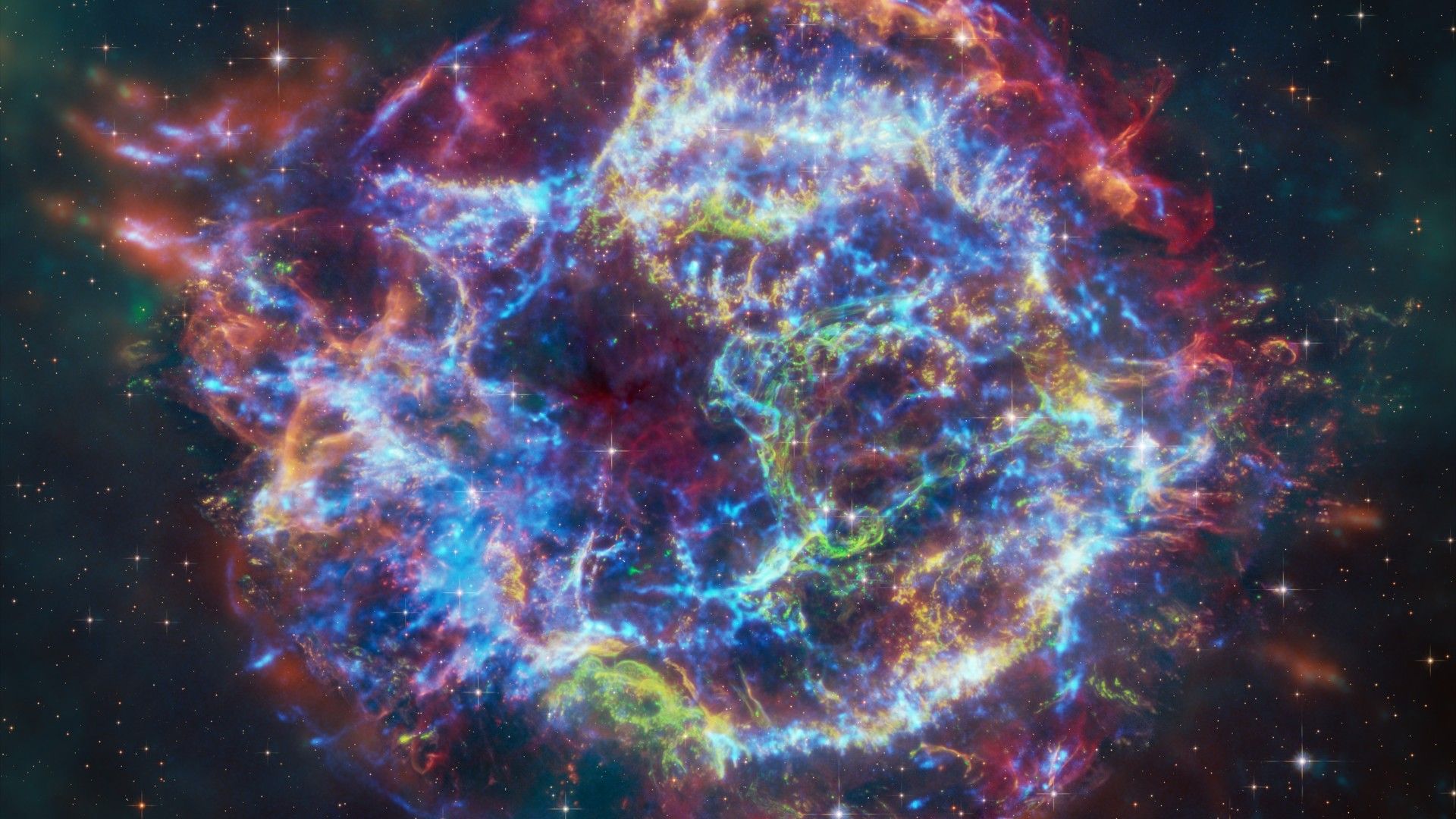
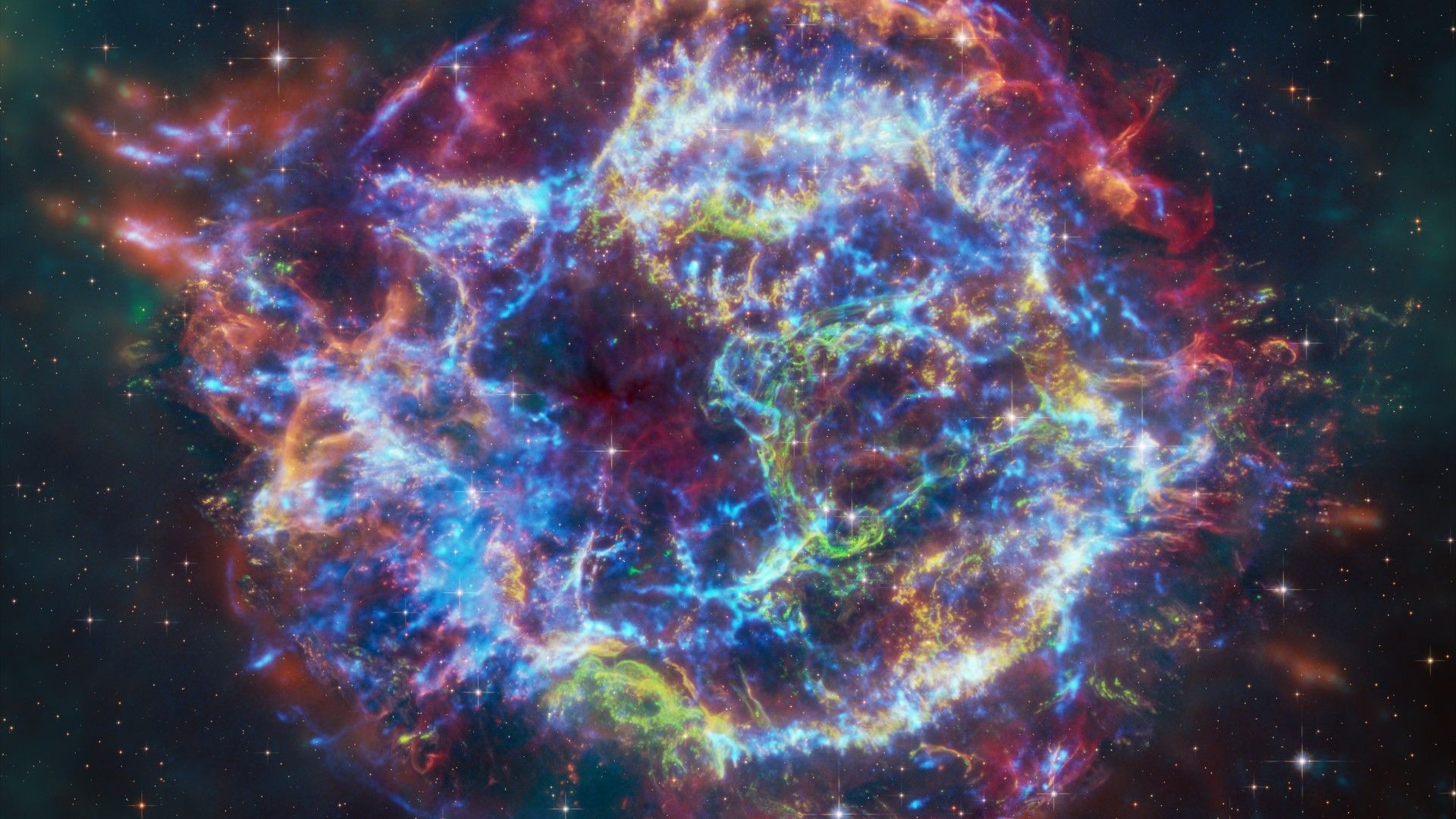
An investigation of a cosmic explosion that marked the violent death of a massive star has called into question our understanding of the connection between ejected debris violently striking surrounding matter and the energy output of these events.
The supernova at the heart of this research, designated SN 2024bch, erupted around 65 million light-years away from Earth and was first observed in February 2024. It is an example of a Type II supernova, an explosion that occurs when nuclear fusion ceases in the solid iron core of a massive star, causing it to collapse, sending shockwaves into the star’s outer layers, leading to them being ejected.
The team behind this research, hailing from the National Institute for Astrophysics (INAF), studied this supernova for 140 days, using a range of ground-based telescopes and the Swift spacecraft, discovering the narrow emission lines in its spectra. This feature has previously been considered a test for discovering if a dying star is interacting with its environment.
However, in the case of SN 2024bch, the released energy doesn’t seem to be the result of ejected matter mixing with a dense gas shell. Instead, the INAF researchers suggest a different mechanism to account for the energy, termed Bowen fluorescence.
“We applied a non-traditional and unprejudiced perspective,” Leonardo Tartaglia, team leader and INAF researcher, said in a translated statement.” For the first time in this type of transient, we demonstrate that the primary mechanism is Bowen fluorescence, a phenomenon known since the first half of the 20th century that had never been considered in the study of similar objects. Our scenario describes all the evolutionary phases of the supernova with great precision.”
Bowen fluorescence is akin to an echo but of high-energy light rather than sound. In this case, intense ultraviolet light from the supernova excites surrounding helium atoms, and these atoms then transfer energy to other elements like oxygen and nitrogen also present around the dying star. It is this transfer of energy that generates the narrow spectral lines seen by the team.
This revelation means scientists might have to rethink Type II supernova models, which would result in some of these cosmic explosions being ruled out as a source of neutrinos, virtually massless, chargeless “ghost particles” that stream through space at near light-speed.
This could have ramifications for a powerful method of investigating the cosmos called multimessenger astronomy, which involves studying events and objects in electromagnetic radiation along with gravitational waves or neutrinos.
“Our study highlights that, for at least a fraction of these transients, interaction is not the primary driver of emissions, and this has important implications for multi-messenger astronomy,” Tartaglia said. “Showing no evidence of interaction, supernova SN 2024bch lacks the physical conditions necessary for the emission of high-energy neutrinos.”
The team’s research has been accepted for publication in Astronomy & Astrophysics.
Stay Informed With the Latest & Most Important News
Previous Post
Next Post
-
 012024 in Review: Highlights from NASA in Silicon Valley
012024 in Review: Highlights from NASA in Silicon Valley -
 02Panasonic Leica Summilux DG 15mm f/1.7 ASPH review
02Panasonic Leica Summilux DG 15mm f/1.7 ASPH review -
 03How New NASA, India Earth Satellite NISAR Will See Earth
03How New NASA, India Earth Satellite NISAR Will See Earth -
 04And Thus Begins A New Year For Life On Earth
04And Thus Begins A New Year For Life On Earth -
 05Astronomy Activation Ambassadors: A New Era
05Astronomy Activation Ambassadors: A New Era -
06SpaceX launch surge helps set new global launch record in 2024
-
 07Space Force plans new ‘Futures Command’ amid pressure to speed up modernization
07Space Force plans new ‘Futures Command’ amid pressure to speed up modernization













